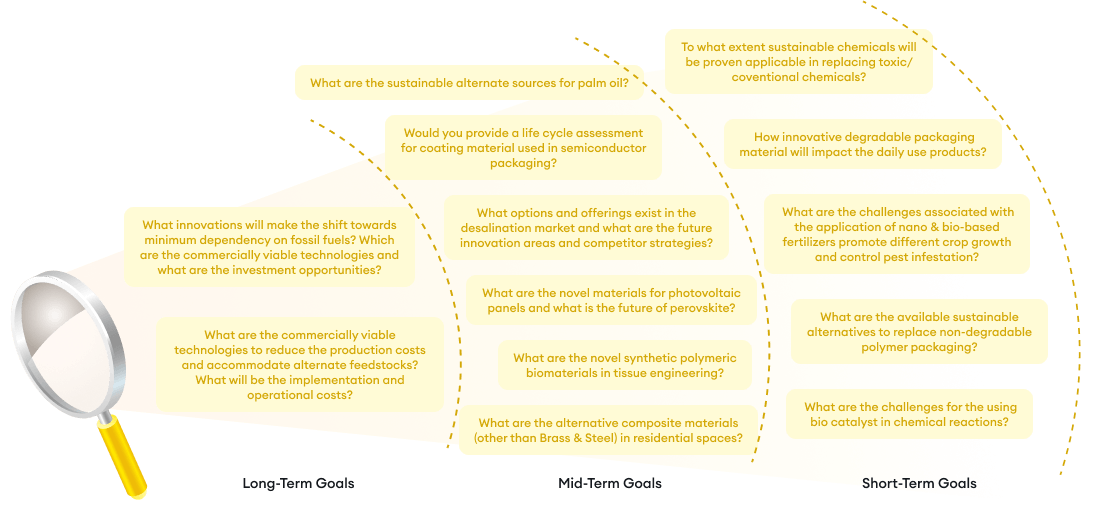Specialty Chemicals
Specialty chemicals are an essential chemical industry segment that serves diverse end-use markets such as construction, automotive, electronics, agriculture, and healthcare. Innovative materials, such as advanced polymers, coatings, and composites, have enabled new applications and improved performance in various industries. Green chemistry practices and sustainable production methods have become increasingly important as customers and regulators demand environmentally friendly solutions.
Digitalization and automation have enabled better process control, higher efficiency, and faster innovation while enabling new business models and customer engagement strategies. Advanced manufacturing technologies, such as additive manufacturing, have expanded the design space and reduced time-to-market for new products. Due to increasing volatility, disruption, and competition, supply chain strengthening and risk management have become critical priorities. Finally, emission reduction and environmental stewardship have become essential goals for the industry as it seeks to reduce its carbon footprint and contribute to a more sustainable future.










